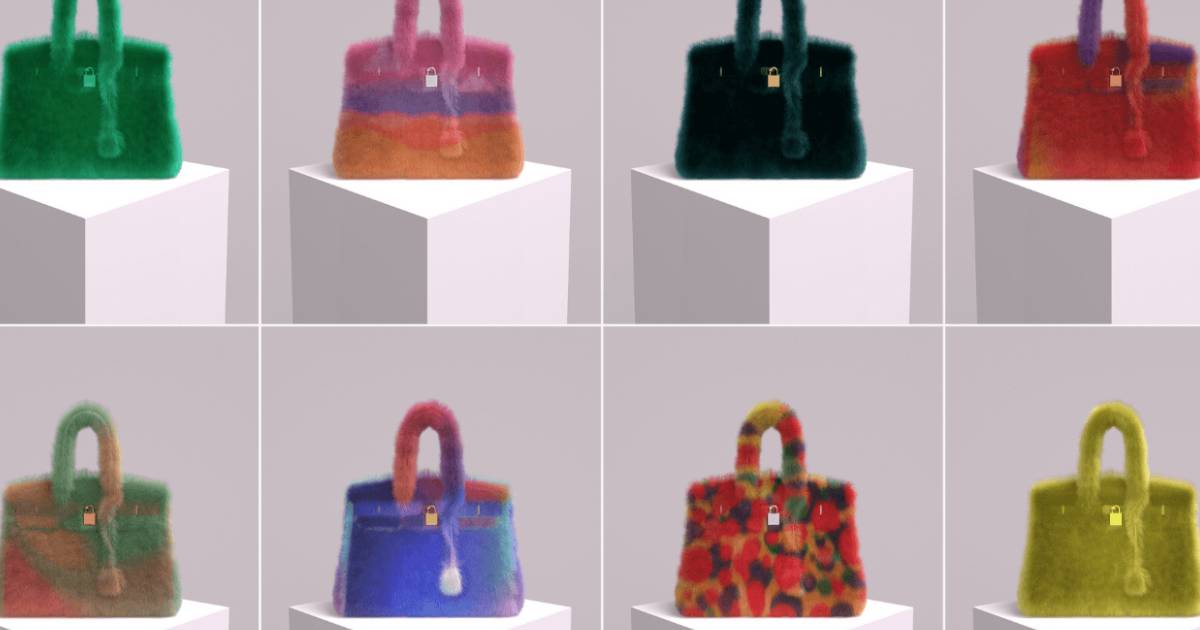In the recent few years, the reliance upon social media applications such as Instagram, TikTok and Snapchat has gotten undeniably high. While making reels has become the new snakes and ladders, content creators have found themselves building a strong fan base. Be it the most luxurious housing brands such as Gucci, Prada, Louis Vuitton or small in-house labels, the first step to advertise the products is partnering up with an influencer. With their rising fame, influencers are not only limited to just promote products, but we often see them even collaborating with brands for their own very collection. Influencers have emerged to be a prevalent group playing a major role in the advertising and marketing world. A 2021 Global Web Index report revealed that 28% of young adults falling in the age group of 13-23 years follow influencers to remain trendy. This shows the growing reliability on content creators and apps. It is not shocking that we see influencers being called upon to Global Fashion Weeks, Award Shows, Television/Reality shows, the list goes on. Such increasing popularity has resulted in the viewers relying heavily upon the content of such creators not only for entertainment but also for their opinions, feedbacks and their stance on various other things. With social media becoming an extremely powerful tool to advertise products, spread awareness and start campaigns, there has been a rise in the need to enforce an appropriate legal framework to streamline and organise this industry.
The newest form of marketing involves brands, companies and organisations seeking social media influencers to promote their products and in return, such influencers receive a payment and very often, free products in the name of PR Packages. This form of paid partnerships is titled as “Influencer Marketing” and is seen as one of the most efficient and successful means of advertising in current times. The enhanced dependence on this form of marketing underlines the need to apply appropriate legal methods such as influencer agreements to not only make such agreements legally binding but also to prevent any sort of mishap. Advertising and marketing products with the help of social media influencers entails a lot of investment, strategies and costs from both sides – the influencer’s and the brand’s. Therefore, such frameworks aim to safeguard the goodwill and the reputation of various brands and also protect the reliability of the influencer. For instance – When Proactiv, a skin care brand announced Kendall Jenner as its new face, it received a lot of backlash because earlier Kendall Jenner had posted about another skin care brand that helped her with her acne. This highlights the need for a reliable agreement between a brand and an influencer and also highlights the need for influencers to be transparent about the products they actually use. Generally, an influencer agreement defines and underlines the job profile and responsibilities of the brand and the influencer it seeks to partner with. It typically contains mutually agreeable terms and conditions and entails a few necessary clauses such as time and duration of the partnership, payment method, how a brand wants the influencer to promote the product etc. The growing dependency to enforce such agreements depends on the fact that the audience does not seek fabricated stories about a certain product but instead craves a real, honest review of it. Generally speaking, an influencer agreement is beneficial to both the parties because it outlines a few essential elements such as the terms of such a partnership, the validity of it, the payment mode and the ways through which an influencer can promote a certain product. An agreement of this sort gives clarity on the terms and conditions of the partnership and how the company or the brand expects you to promote their product. It lays down content rights, hashtags requirement, timelines, payment clauses, grounds of termination and other standard issues. Typically, an influencer agreement should include the above-mentioned clauses to clearly lay down the responsibilities and liabilities of the influencer as well as the brand. Such an agreement should entail necessary clauses: a) how the brand wants the product to be promoted, b) when and through which means should the influencer promote the good, c) is there a set routine as to the promotion or can the influencer add his/her own creative elements into it, d) how many posts does the brand expect an influencer to make related to the product, e) once the job is done from an influencer’s side, how and when should he/she receive the payment, f) through which means should the payment be done and when exactly is it due, g) does the brand expect an influencer to not collaborate with any other brand while he/she is in the stipulated time period of the partnership, h) what is the specific time period of such a partnership, i) validity grounds of the agreement, j) termination grounds of the agreement and any other clause that a brand might feel is necessary to include to state the terms and conditions. For example – Many a times, companies restrict an influencer from using colour filters while promoting products since it changes the shade or the appearance of the product and thus, might blur a viewer’s understanding of the product. Often, brands also state whether they want influencers to put stories or reels or just a single post regarding the product. This makes the partnership more transparent and efficient. Secondly, an agreement also explicitly lays down the time period within which the promotion is to be made or within which an influencer is expected to advertise the product. Moreover, such an accord protects the intellectual property of the brands that give its products to influencers in order to advertise them. Lastly, influencer agreements also highlight that an influencer can directly be held liable in case of default or breach of such an agreement. This has also been enforced via the Consumer Protection Act, 2019 that introduced the notion of “caveat venditor” to put influencers, creators and celebrities under the scope of providing services that could harm the consumers.
The need for the enforcement of such legal frameworks can be also be underlined by emphasising upon the necessity for influencers to ensure that the product they are agreeing to promote does what it claims to do and does not hurt the sentiments of any particular section. A history check and research is thus, very important to carry out the due diligence on the influencer’s part. An in-depth check is required since influencers have the responsibility to be answerable to all its viewers in case of a mishap. Therefore, in recent times we have also seen the introduction of various features such as the option to disclose a paid collaboration on Instagram or the usage of hashtags specifically made for the brand and other relevant hashtags such as #collaboration, #ad etc. Such steps encourage transparency and ensure that the fan base knows it is a paid advertisement. There have also been a few judicial pronouncements circling down the significance of legal agreements. For Instance – in the precedent case of Marico Limited v Abhijeet Bhansali, the Court directed a YouTube video to be taken down after it was found to promote a certain company’s oil by undervaluing the oil made by the other companies. Moreover, in the case of Reckitt & Colman v Kiwi T.K.K Ltd., the Court held that a manufacturer cannot put its competitor’s goods in a bad limelight just to promote its own products. Therefore, with the growing popularity of influencer marketing and advertising, there is a growing need to enforce influencer agreements as well. As already stated, it plays a dual role in benefitting both the influencer and the brand by protecting and safeguarding their rights.
Influencer agreements also help such a partnership to carry out the consumer’s best interests. Therefore, influencer agreements are an excellent step towards unifying the industry.
References:
- Bhakuni, Lavanya (2021), “Fashion Influencers and Law”, Fashion Law Journal, [Online: Web] Accessed 13 December 2022 URL: https://fashionlawjournal.com/fashion-influencers-and-law/.
- Global Web Index Report 2021, [Online: Web] Accessed 11 December 2022 URL: https://www.gwi.com/data.
- Economic Times. “The celebrity and the Consumer Protection Act.” [Online: Web] Accessed 12 December 2022 URL: https://brandequity.economictimes.indiatimes.com/news/marketing/the-celebrity-and-the-consumer-protection-act/77189902.
- Khaitan and Co. “ASCI Releases Influencer Advertising Guidelines For Digital Media.” https://influencermarketinghub.com/influencer-marketing-benchmark-report-2021/.
- Madaan, Muskan (2021), “A New Era in Advertising & Marketing: Navigating the Legal Considerations Associated with Influencers.” [Online: Web] Accessed 12 December 2022 URL: https://fashionlawjournal.com/a-new-era-in-advertising-marketing-navigating-the-legal-considerations-associated-with-influencers/.
- Mehta, Apoorva (2021), “5 Reasons you need Celebrity/ Influencer Agreements”, Fashion Law Journal, [Online: Web] Accessed 13 December 2022 URL: https://fashionlawjournal.com/5-reasons-you-need-celebrity-influencer-agreements/.
- Marico Limited v Abhijeet Bhansali, 2019 COMMERCIAL APPEAL (L) NO. 31 OF 2020.
- Reckitt & Colman Of India Ltd. vs Kiwi T.T.K. Ltd, 1996 (37) DRJ 649.

















